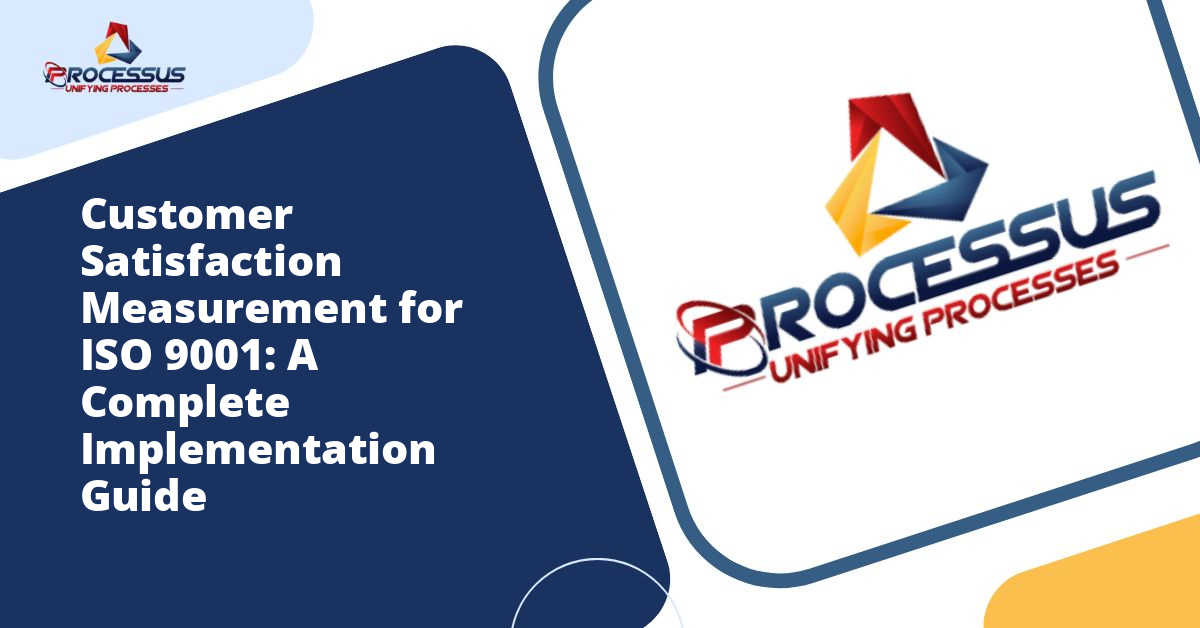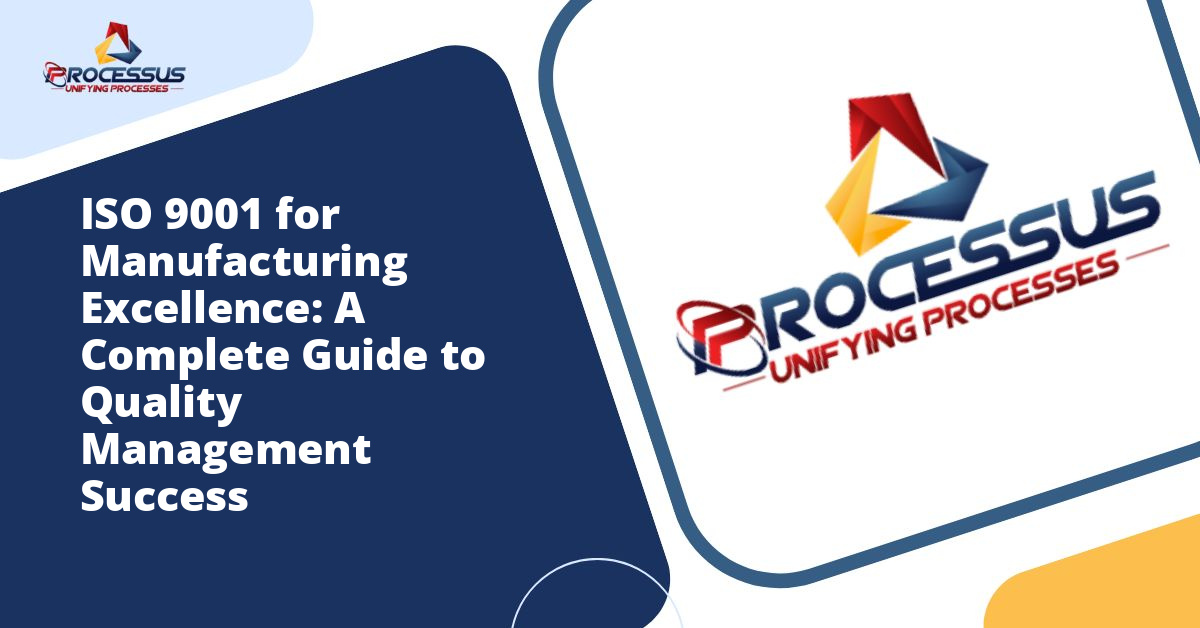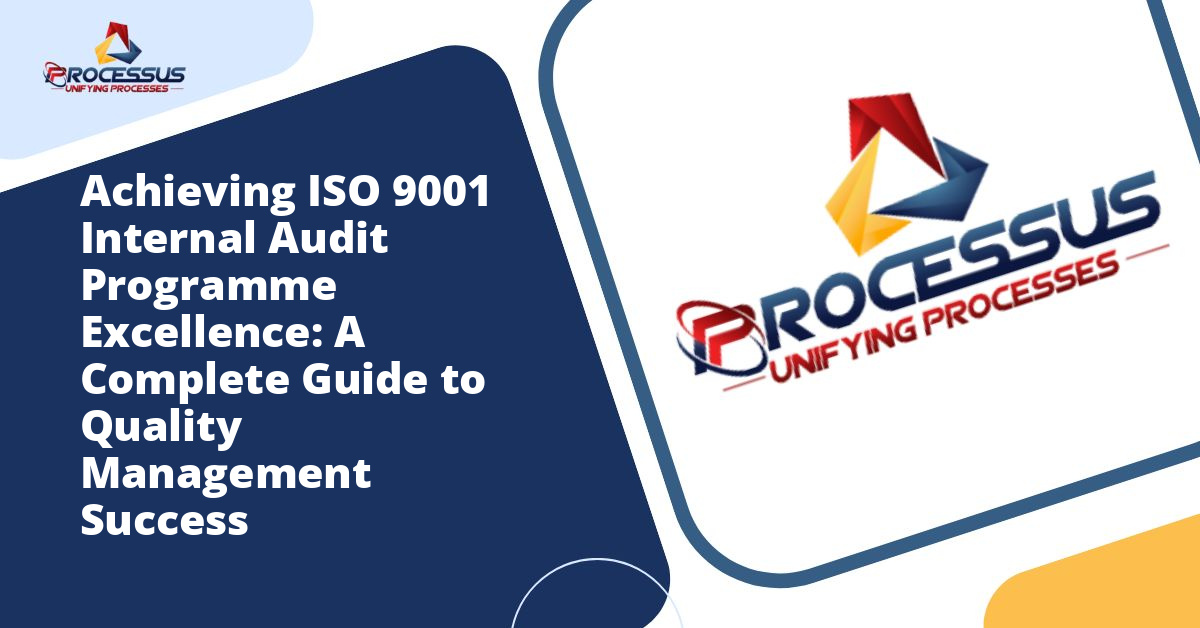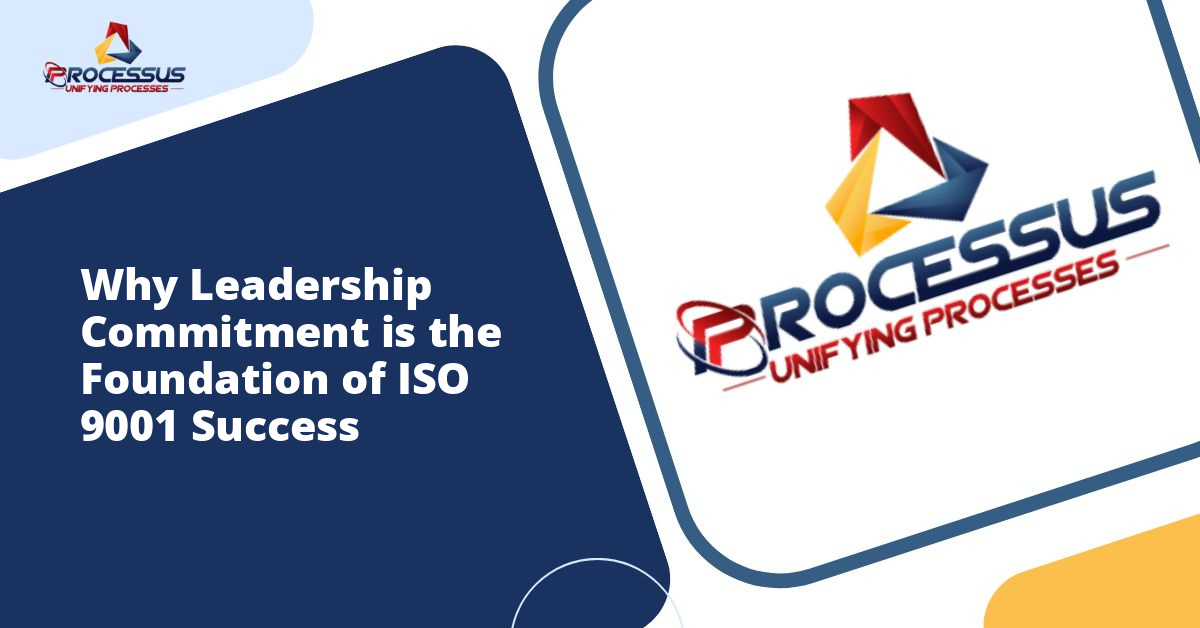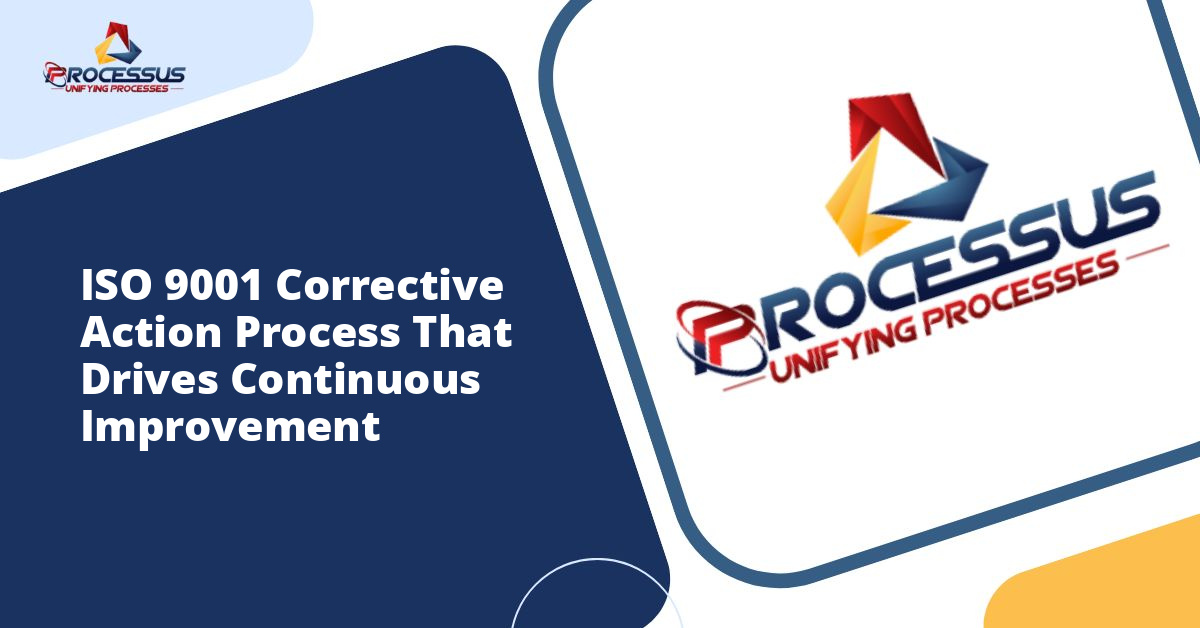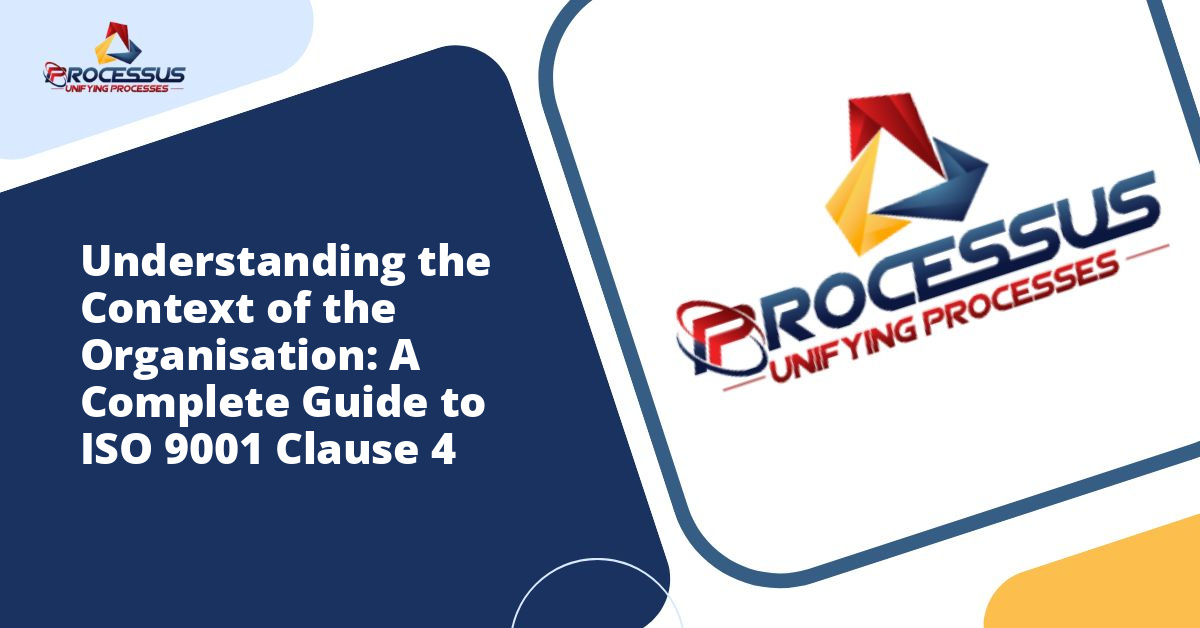In today’s competitive business environment, understanding and meeting customer expectations has become more critical than ever. For organizations pursuing ISO 9001 certification, customer satisfaction measurement is not just a best practice but a fundamental requirement that shapes the entire quality management system. This comprehensive guide explores the essential aspects of measuring customer satisfaction within the ISO 9001 framework and provides practical insights for implementation.
Understanding Customer Satisfaction in ISO 9001 Context
Customer satisfaction represents the degree to which customer requirements and expectations have been fulfilled. Within the ISO 9001 standard, this concept holds a position of central importance. The standard explicitly requires organizations to monitor information relating to customer perception and whether the organization has met customer requirements. You might also enjoy reading about ISO 9001:2015 Process Approach Implementation Guide: A Complete Framework for Quality Management Success.
The ISO 9001:2015 version places even greater emphasis on customer focus compared to previous iterations. Clause 9.1.2 specifically addresses customer satisfaction, requiring organizations to determine methods for obtaining, monitoring, and reviewing customer perception information. This requirement reflects the standard’s understanding that customer satisfaction serves as a key indicator of quality management system effectiveness.
Organizations must recognize that customer satisfaction goes beyond simply delivering a product or service. It encompasses the entire customer experience, from initial contact through post-delivery support. This holistic view aligns with the ISO 9001 principle of customer focus, which encourages organizations to understand current and future customer needs and to exceed customer expectations consistently.
The Business Case for Measuring Customer Satisfaction
Before diving into measurement methodologies, it is important to understand why customer satisfaction measurement delivers tangible business value. Organizations that systematically measure and act on customer satisfaction data typically experience several significant benefits.
First, these measurements provide early warning signals about potential problems. A declining satisfaction score often indicates issues that, if left unaddressed, could result in lost customers and damaged reputation. Identifying these concerns early allows organizations to implement corrective actions before problems escalate.
Second, customer satisfaction data helps prioritize improvement initiatives. Resources are always limited, and organizations must make strategic choices about where to invest time and money. Satisfaction measurements reveal which aspects of products, services, or processes matter most to customers, enabling more effective resource allocation.
Third, tracking satisfaction over time demonstrates the effectiveness of quality improvement efforts. When an organization implements changes to its processes or offerings, satisfaction measurements provide objective evidence of whether those changes achieved their intended impact.
Finally, strong customer satisfaction correlates with improved financial performance. Satisfied customers are more likely to make repeat purchases, recommend the organization to others, and remain loyal even when competitors offer attractive alternatives. This loyalty translates directly into revenue stability and growth.
Key Methods for Measuring Customer Satisfaction
ISO 9001 does not prescribe specific methods for measuring customer satisfaction, recognizing that different approaches work better for different industries, business models, and customer bases. However, several proven methodologies have emerged as particularly effective.
Customer Surveys
Surveys represent the most widely used method for gathering customer satisfaction data. They can take various forms, including post-purchase surveys, periodic relationship surveys, or transaction-specific feedback requests. Effective surveys share several characteristics.
The questions must be clear, unambiguous, and focused on aspects the organization can influence. Asking customers to rate elements beyond your control provides little actionable insight. Survey length matters significantly; shorter surveys typically achieve higher response rates while longer surveys may provide more detailed information but risk survey fatigue.
Rating scales should be consistent and meaningful. Many organizations use a five-point or seven-point Likert scale, ranging from very dissatisfied to very satisfied. Including open-ended questions allows customers to provide context and identify issues the organization may not have anticipated.
Timing is another critical consideration. Surveying customers too soon after a transaction may not capture their complete experience, while waiting too long risks memory degradation and reduced response rates. Most organizations find that surveying within one to two weeks of a transaction strikes an appropriate balance.
Net Promoter Score
The Net Promoter Score (NPS) has gained widespread adoption as a simple yet powerful satisfaction metric. NPS asks customers a single question: “How likely are you to recommend our company/product/service to a friend or colleague?” Customers respond on a scale from zero to ten.
Respondents are categorized into three groups. Promoters (scores of 9-10) are enthusiastic customers likely to fuel growth through positive word-of-mouth. Passives (scores of 7-8) are satisfied but unenthusiastic customers vulnerable to competitive offerings. Detractors (scores of 0-6) are unhappy customers who may damage the brand through negative commentary.
The NPS is calculated by subtracting the percentage of detractors from the percentage of promoters. The resulting score ranges from negative 100 to positive 100, with higher scores indicating better performance. Many organizations appreciate NPS for its simplicity and because it provides a single metric that executives and employees can easily understand and track over time.
Customer Complaints and Feedback
ISO 9001 requires organizations to handle customer complaints effectively, but complaint data also serves as a valuable satisfaction indicator. Complaint analysis reveals recurring problems, systemic issues, and areas requiring urgent attention.
However, complaints represent only the most dissatisfied customers who took time to voice their concerns. Research suggests that for every customer who complains, many more simply take their business elsewhere without explanation. Therefore, organizations should view low complaint volumes with appropriate skepticism rather than assuming high satisfaction.
Beyond formal complaints, organizations should gather and analyze informal feedback from various touchpoints. Sales team conversations, customer service interactions, social media comments, and online reviews all provide insight into customer perceptions. Creating systems to capture and aggregate this dispersed information helps build a more complete satisfaction picture.
Customer Interviews and Focus Groups
Qualitative methods like interviews and focus groups provide rich, nuanced understanding that quantitative surveys may miss. These approaches allow for deeper exploration of customer needs, expectations, and experiences.
One-on-one interviews work particularly well in business-to-business contexts where customer bases may be smaller but individual relationships carry greater importance. Focus groups can reveal how customers think about products or services in ways that structured surveys cannot capture.
These methods require more time and resources than surveys but generate insights that often justify the investment. Many organizations use qualitative research to inform survey design, ensuring they ask the right questions about issues that truly matter to customers.
Behavioral and Operational Metrics
Sometimes actions speak louder than words. Analyzing customer behavior can provide satisfaction indicators that complement or validate survey data. Repeat purchase rates, customer retention rates, contract renewal rates, and customer lifetime value all reflect satisfaction levels.
Operational metrics can also serve as satisfaction proxies. Delivery performance, product return rates, warranty claims, and first-contact resolution rates in customer service all correlate with satisfaction. While these metrics do not directly measure satisfaction, they provide continuous, objective data about aspects that influence customer perception.
Implementing an Effective Measurement System
Selecting appropriate measurement methods represents just the first step. Organizations must implement these methods systematically to generate reliable, actionable insights.
Defining Clear Objectives
Before implementing any measurement system, clarify what you want to learn and how you will use the information. Different objectives require different approaches. Are you trying to identify improvement priorities, track the impact of specific initiatives, benchmark against competitors, or understand evolving customer needs? Clear objectives guide method selection and question design.
Ensuring Representative Sampling
For survey-based methods, obtaining responses from a representative sample of your customer base is essential. If only your most satisfied or most dissatisfied customers respond, the results will not accurately reflect overall satisfaction levels.
Consider factors like customer segment, product line, geographic location, and purchase frequency when designing your sampling approach. Sometimes stratified sampling, where you ensure adequate representation from key customer groups, provides more useful insights than simple random sampling.
Establishing Baseline Measurements
When first implementing satisfaction measurement, establish baseline data before making changes. This baseline provides a reference point for evaluating whether future initiatives improve satisfaction. Without baseline data, you cannot objectively assess progress.
Creating Feedback Loops
Measurement without action wastes resources and may actually damage customer relationships if customers believe their feedback disappears into a void. Establish clear processes for reviewing satisfaction data, identifying improvement opportunities, implementing changes, and communicating actions taken in response to feedback.
Some organizations close the loop directly with individual customers who provide feedback, particularly those who express dissatisfaction. This personal follow-up can transform detractors into promoters when done effectively.
Analyzing and Interpreting Satisfaction Data
Collecting data is only valuable if organizations analyze it effectively and draw appropriate conclusions. Several analytical approaches enhance understanding.
Trend Analysis
Tracking satisfaction metrics over time reveals patterns and trends that single measurements cannot show. Is satisfaction improving, declining, or remaining stable? Are there seasonal variations? Did specific initiatives correlate with satisfaction changes? Trend analysis answers these questions and provides context for interpreting current results.
Segmentation Analysis
Overall satisfaction scores may mask important variations across customer segments. Analyzing results by customer type, product line, geographic region, or other relevant dimensions can reveal that some segments experience significantly higher or lower satisfaction than others. This granular understanding enables targeted improvement efforts.
Driver Analysis
Not all satisfaction factors carry equal weight in shaping overall customer perception. Statistical techniques like correlation analysis or regression analysis can identify which specific attributes most strongly influence overall satisfaction. Focusing improvement efforts on these key drivers typically delivers the greatest return on investment.
Competitive Benchmarking
Understanding your satisfaction levels in isolation provides limited insight. How do your scores compare to competitors or industry standards? Benchmarking helps calibrate expectations and identify areas where you lead or lag the market. Some organizations participate in industry benchmarking studies, while others conduct competitive analysis through mystery shopping or secondary research.
Common Challenges and Solutions
Organizations implementing customer satisfaction measurement systems frequently encounter obstacles. Anticipating these challenges and preparing solutions increases likelihood of success.
Low Response Rates
Survey fatigue has become widespread as organizations increasingly request customer feedback. Low response rates can compromise data reliability and make it difficult to achieve representative samples. Strategies to improve response rates include keeping surveys brief, clearly communicating how feedback will be used, offering incentives, trying different survey channels, and timing requests appropriately.
Response Bias
Certain customers may be more likely to respond than others, potentially skewing results. Very satisfied customers and very dissatisfied customers often respond at higher rates than those with moderate satisfaction levels. Comparing respondent demographics to your overall customer base can help identify whether response bias might be affecting results.
Cultural Differences
For organizations operating globally, cultural factors can significantly influence how customers respond to satisfaction surveys. Some cultures tend toward more extreme ratings while others cluster toward the middle of scales. Response rates, preferred communication channels, and willingness to provide negative feedback also vary across cultures. Recognizing these differences and potentially adapting measurement approaches for different regions improves data quality.
Interpreting Qualitative Feedback
Open-ended survey responses, interview transcripts, and social media comments provide valuable context but can be challenging to analyze systematically. Text analytics software can help identify themes in large volumes of qualitative data. For smaller datasets, structured coding approaches where analysts categorize comments into predefined themes enable more rigorous analysis.
Integrating Satisfaction Data into Quality Management Systems
For ISO 9001 purposes, customer satisfaction measurement must integrate into the broader quality management system rather than existing as a standalone activity. Several integration points deserve attention.
Management review meetings, required by ISO 9001, should include examination of customer satisfaction trends and analysis. Leadership should discuss what the data reveals about quality management system effectiveness and identify necessary adjustments.
Risk-based thinking, a cornerstone of ISO 9001:2015, should incorporate satisfaction data. Declining satisfaction in particular areas may signal emerging risks requiring mitigation. Conversely, understanding what drives satisfaction helps identify opportunities.
The continual improvement process should draw heavily on satisfaction measurements. Customer feedback reveals improvement priorities and validates whether implemented changes achieved intended results. Organizations should document the linkages between satisfaction findings and improvement initiatives.
Internal audits should verify that the organization is measuring customer satisfaction as required by ISO 9001 and that measurement methods remain appropriate and effective. Auditors should also examine how satisfaction data flows through the organization and influences decision-making.
Moving Forward with Customer Satisfaction Measurement
Implementing effective customer satisfaction measurement represents a journey rather than a destination. As organizations mature in their measurement practices, they typically evolve from simple, occasional measurements toward more sophisticated, continuous monitoring systems.
Start with methods that match your organizational capabilities and customer base characteristics. A small organization serving local customers may find that personal conversations and simple post-transaction surveys provide sufficient insight. A large enterprise serving diverse markets globally requires more comprehensive, technology-enabled approaches.
Regardless of scale, the fundamental principles remain constant. Measure regularly and consistently. Ensure measurements capture information about aspects you can influence. Analyze results thoughtfully to identify meaningful patterns and priorities. Act on findings through systematic improvement efforts. Communicate actions taken to close the feedback loop with customers.
Organizations that embrace customer satisfaction measurement as a core management practice rather than a compliance obligation gain competitive advantage. They understand their customers more deeply, respond more quickly to emerging needs, and build stronger relationships that transcend individual transactions.
The ISO 9001 requirement for customer satisfaction measurement reflects a fundamental business truth: organizations exist to serve customers, and understanding whether you are succeeding in that mission is essential for long-term viability and success. By implementing robust measurement systems and integrating satisfaction data into decision-making processes, organizations create the foundation for sustained quality performance and business growth.

